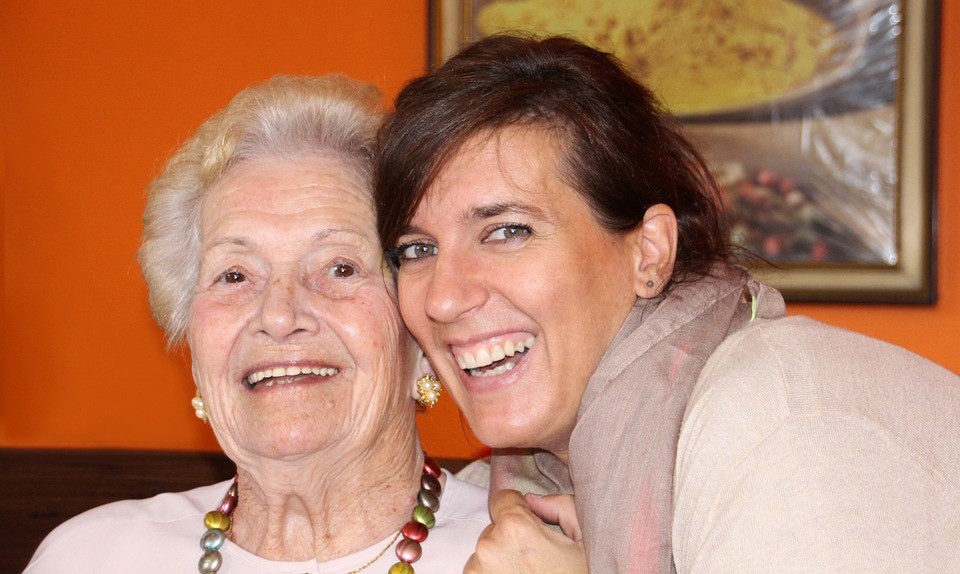An Alzheimer’s diagnosis may break your heart, especially if the diagnosis falls on someone you love. Many spouses, children, and grandchildren step valiantly up to the plate when a relative becomes cognitively disabled. These heroic family members often decide to provide home care. They want their loved ones to live in comfort among familiar faces.

It’s no easy task becoming a caregiver, no matter how you slice it. But knowing about your financial resources can help. As well, home modifications can make your shared space safer.
Financial Resources
In the United States, Medicare is a godsend to patients with Alzheimer’s. If loved ones have worked full-time and paid taxes for 10 years or more, they will be eligible for Medicare upon receiving a diagnosis of Alzheimer’s.
It is important to take full advantage of several Medicare subsidies. In general, anyone who is disabled needs Medicare part A (which is free) and part B (which costs a few hundred dollars four times a year). These parts of Medicare generally pay for a chunk of hospital visits and doctor visits. Medicare also keeps costs under control by establishing a fee structure which rules any medical provider that accepts Medicare assignment.
Because of new drug breakthroughs which delay deterioration, your loved one will also likely benefit from Medicare, part D. This section provides basic drug coverage, and Medicare supplemental insurance, which picks up the 20 percent co-pay of part B and pays for extra medications.
Ancillary Care
The greatest need for most Alzheimer’s caregivers is in-home care. The work of maintaining a home and bathing, dressing, and feeding a patient can prove exhausting, even when the caregiver has no other duties. Medicare pays for one hundred days of skilled nursing care for Alzheimer’s patients.
This benefit provides in-home care from a qualified professional who knows how to measure cognitive decline, provide appropriate exercises, and make recommendations about activities and diet. Caregivers can learn a lot about caring for their patient from these professionals.
The PACE Program
When that Medicare benefit is exhausted, eligible caregivers in the USA, should turn to the national PACE program. PACE stands for Programs of All-Inclusive Care for the Elderly, and it provides in-home care for patients who need it. Loved ones will likely be eligible if they are over 54, need nursing home-style care, and live in a region served by the program.
If you are not eligible for PACE, another way to lessen the burden is to look for low-cost ways to minimize your other day-to-day tasks. For instance, it might make sense to hire a landscaping company to do basic lawn care and hire a cleaning crew to come in and clean the house once a week so that you have the energy to provide personal support to your loved one.
Meals On Wheels
If you and your patient are 55 or older, look into your local Meals on Wheels program. This tried-and-true program is relatively affordable and provides a main meal for both of you every day. This can relieve you of the burden of cooking and making trips to the supermarket.
Home Modifications
If you are a caregiver, your quality of life and your patient’s may be hugely improved by modifications to your shared home. The addition of door chimes that ring whenever the door is opened can help prevent your loved one from leaving without your knowledge. As well, walk in showers, grab bars, and a shower chair can help an individual who has lost physical strength along with cognitive ability.
Of course, home modifications can be costly, but there are a number of grants that can help. There are also several programs that help veterans. Rebuilding Together Americorps specializes in home building and making home modifications for families that care for one or more disabled members. ModestNeeds.org also provides grants for families that may not meet the low-income guidelines for other programs.
Caring for an Alzheimer’s patient is a brave thing to do. But you can take comfort in knowing that your loved one is getting the best care possible. Fully exploring your financial resources, in-home care options, and home modifications can make the job easier.
Her article has been featured on Aging Insider: Tops News for January 2018 by Carol Marak, Chief Public Relations Officer, Aging Alone Spokesperson & Advocate: https://www.seniorcare.com/resources/aging-industry-insider/tops-news-for-january-2018/




0 Comments